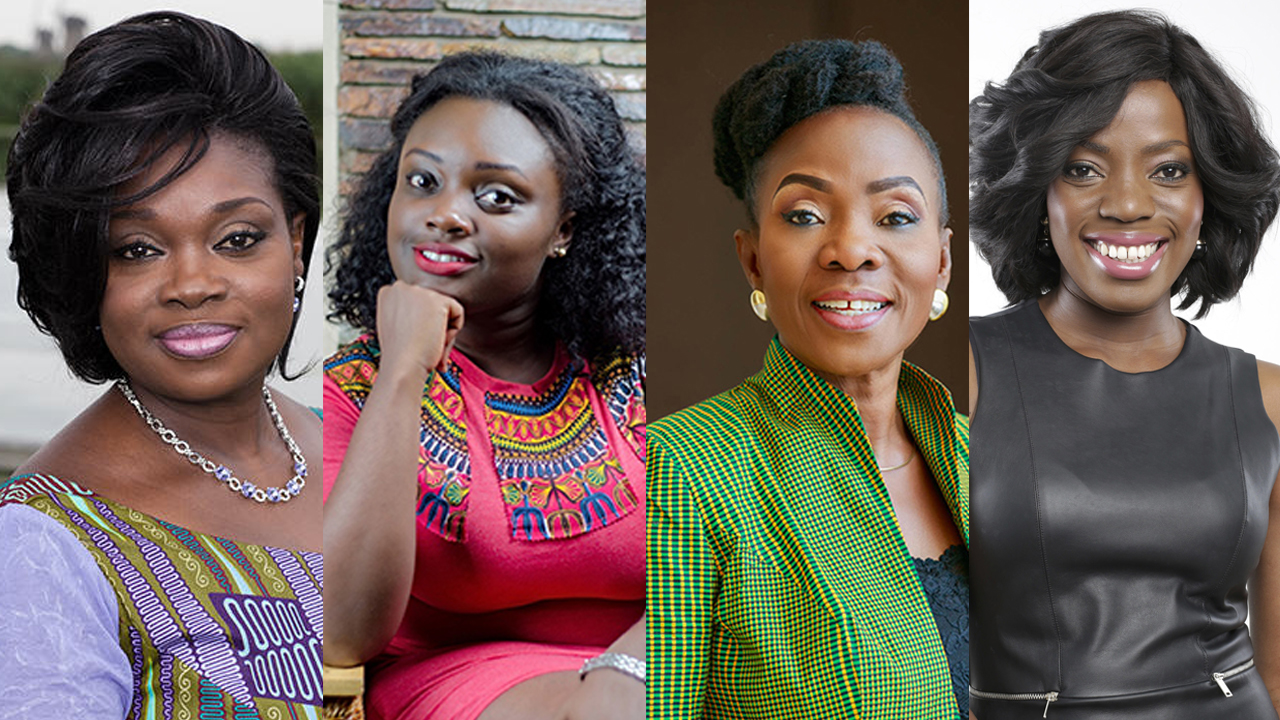advertisement
The Dawn Of A New Dimension: Including Women By Design
As a marketer, I appreciate when creativity meets great insights and data to deliver an approach that achieves its objectives….

As a marketer, I appreciate when creativity meets great insights and data to deliver an approach that achieves its objectives. As a woman, I also especially love seeing these kind of successful activities share commentary on the way our world interacts with women, or shed essential light on how much of our world was designed without women in mind.
From Ariel’s powerful #ShareTheLoad engagement to Dove showing us how to represent women more inclusively, there are some fantastic examples of brands actively shifting the conversation to include women and expand on their contributions to the world we live in. But it’s not just about recognizing changing times or joining a social impact drive, it’s about much more than that.
There is a clear business rationale for brands that adapt their business strategies to include women by design.
advertisement
By incorporating the diverse perspectives that women bring, championing female role models as ambassadors, designing fit-for-purpose products that meet women’s needs, and creating content that encourages women to pursue their passions, brands can effectively tap into the spending power and influence of women. Take sportswear apparel for example.
We took note when Nike put the spotlight on tennis star Serena Williams through its ‘Dream Crazier’ ad encouraging women to dream big and aired a TV spot calling for acceptance and respect, featuring the tenacious South African Olympic 800 metre champion Caster Semenya. These are just some of the prominent and provocative content from multiple brands that put women at the centre of the conversation. The sports industry clearly understands the business growth opportunity that exists when we incorporate the true – not imagined – perspectives of women.
By drawing attention to the strength, unique shapes, and differentiated athleticism of women, through showcasing real role models in better designed active-wear clothing, the women’s sports apparel industry has done just that – tapped into a significant consumer base: women. How significant? According to the ‘African Women’ Ipsos Study, women represent the most significant consumer base — 89 percent of African women are the decision-makers or co-decisionmakers for household purchases.
advertisement
Now, when we design products, services, experiences and solutions for women, we need to envision them through the viewpoints of women.
When it comes to products and services, are we meeting the actual needs of women? Do we have insights that can help us incorporate women’s experiences into the design and innovation process? We must consider the functionality and practicalities of women’s interaction. In short, we have to help design and develop a world with both women and men in mind.
To do this, we need women to be part of the design and innovation process, especially in this age of the Fourth Industrial Revolution. And to do that, we need to inspire young girls to consider and pursue a career in Science, Technology, Engineering and Maths (STEM) through initiatives like Girls4Tech. As part of this programme, Mastercard has committed to reaching one million girls globally by 2025, including thousands in SOuth Africa, Nigeria and Kenya.
advertisement
So, what exactly is the value of a world that includes women by design?
In addition to the humanitarian benefits, it’s a considerable amount. In Sub-Saharan Africa, the World Bank estimates the loss in global wealth from gender inequality at US $2.5 trillion. And while five Sub-Saharan countries feature in the Mastercard Index of Women Entrepreneurs’ global top 10 countries with the highest number of women entrepreneurs, the IFC says that more than half of SMEs in Sub Saharan Africa with one or more women owners lack access to finance and puts the financing gap at US $42 billion. Clearly, there are huge opportunities for finance.
Global management consulting firm Oliver Wyman agrees. It estimates a global revenue opportunity of $700 billion is currently being left on the table by the financial services industry not fully meeting the needs of women consumers.
Think of the increased speed in which we can close the gender gap in terms of financial inclusion if we design better, more helpful digital financial products for women.
As a payment technology leader with global insights, Mastercard has invested significantly in understanding women’s financial priorities, and mapping out those priorities across different life stages. After all, a specific position in time often influences our need for specialised support and ingenious innovations – in sportswear as much as financial solutions.
Just think of the more than 10 000 female unbanked informal traders, street-side vendors, and township salon owners who can safely accept payments through QR code as a result of Mastercard’s partnership with uKheshe, a financial inclusion platform in South Africa.
Indeed, for the large population of excluded women, financial inclusion is about more than getting access to a bank account. It also means helping level the playing field for the women farmers who are growing Africa’s food, by providing access to buyers, pricing and speedier payments. It’s about hope for the future through financial payment solutions such as Kupaa – which facilitates school fee payments in budgeted amounts – increasing the ability of remote families to keep girls in school.
By making a conscious decision to integrate women’s perspectives into our business, marketing and innovation strategies, more women will benefit from solutions specifically designed for their needs. More companies will see revenues climb. More societies will experience elevated productivity. More economies will grow and thrive.
After all, a world that works better for women, creates limitless possibilities for us all.
Beatrice Cornacchia is the SVP Marketing and Communications MEA, Mastercard.